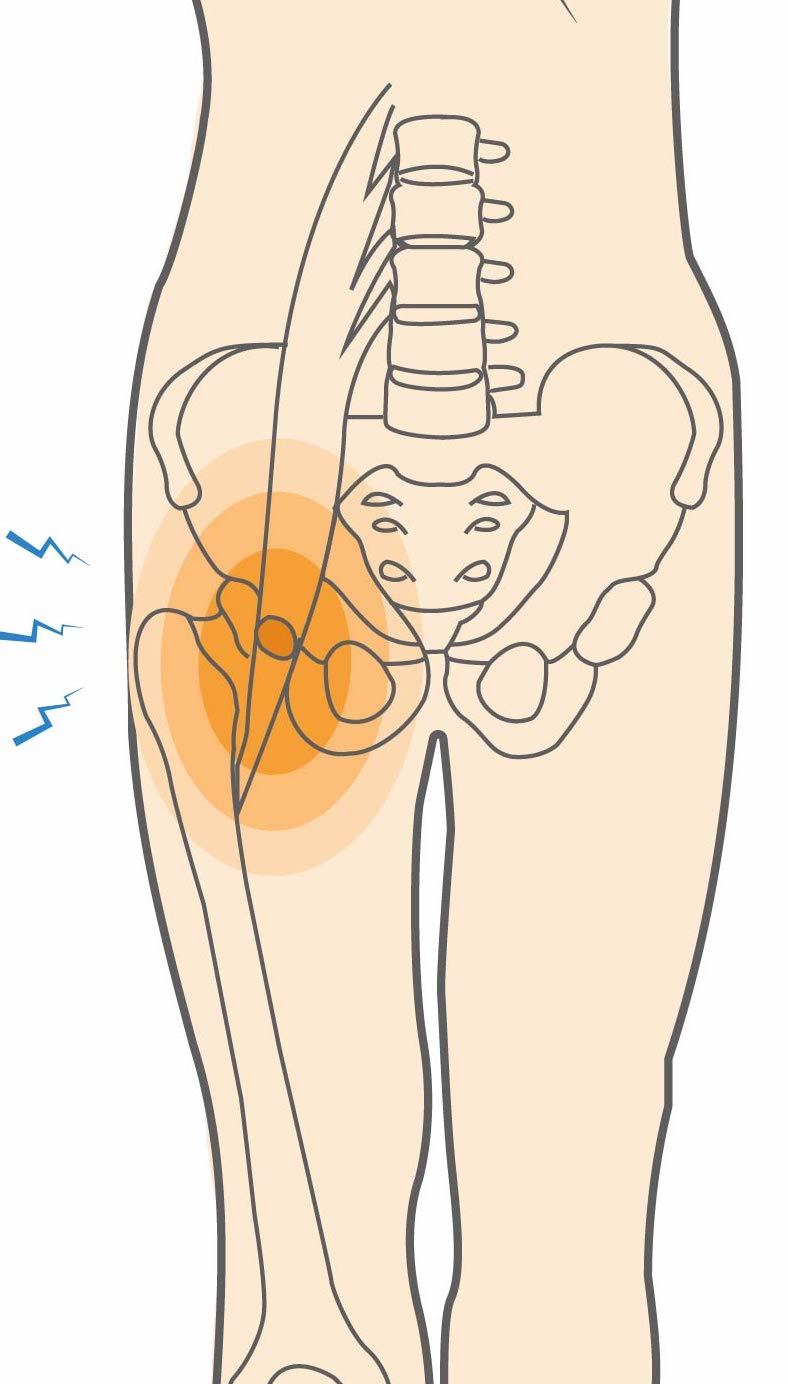Often referred to as hip flexors, the iliacus and psoas muscles are important hip muscles. These muscles are key to hip flexion. They are necessary for walking, running, bending, and supporting the body. When irritated, they can be a common source of hip flexor pain and anterior hip discomfort.
Bursa are small, fluid-filled sacs located beneath these muscles. They act as cushions, reducing friction between the hip flexor muscles, their tendons (soft tissues that connect muscles to bone), and the hip.
Iliopsoas bursitis or tendonitis occurs when the bursa or tendons become irritated and inflamed. This condition can be painful and make physical activity difficult.


